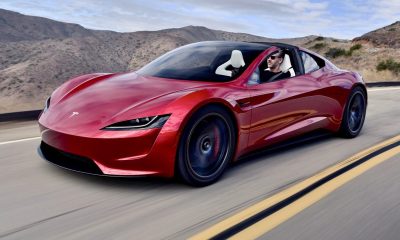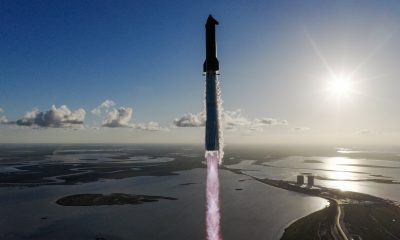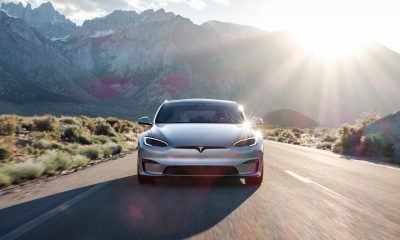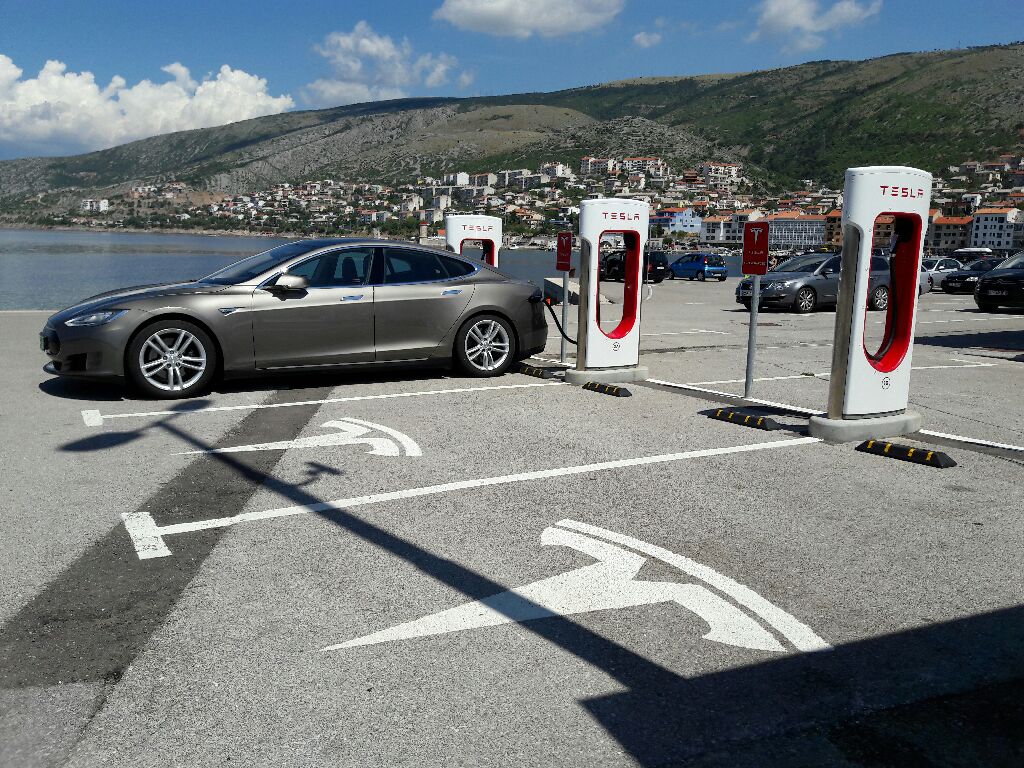

News
Electrifying Europe: An interview with Tesla’s Director of Western Europe [Video]
With so much recent buzz about electric vehicle developments in China, one might have forgotten about the tremendous potential for EVs in Europe. European August year-over-year “EV sales grew by roughly 68%… [and] after eight months of the year, sales have now crossed the 180,000 mark.” according to InsideEVs. Furthermore, “Compared to the U.S., sales in Europe are around 34% higher, and have also been gaining at a higher rate of late.” Sales have also been helped along by a myriad of European government incentives.
But what does this all mean for Tesla’s future in the region? Although Tesla is the leading automaker for EVs in the US, there’s still ample opportunity for growth in Europe. Tesla’s Model S and Model X year-to-date sales in Europe (through August), rank #7 and #9 behind other, more affordable electric models. That said, there’s plenty of runway for growth in Europe.
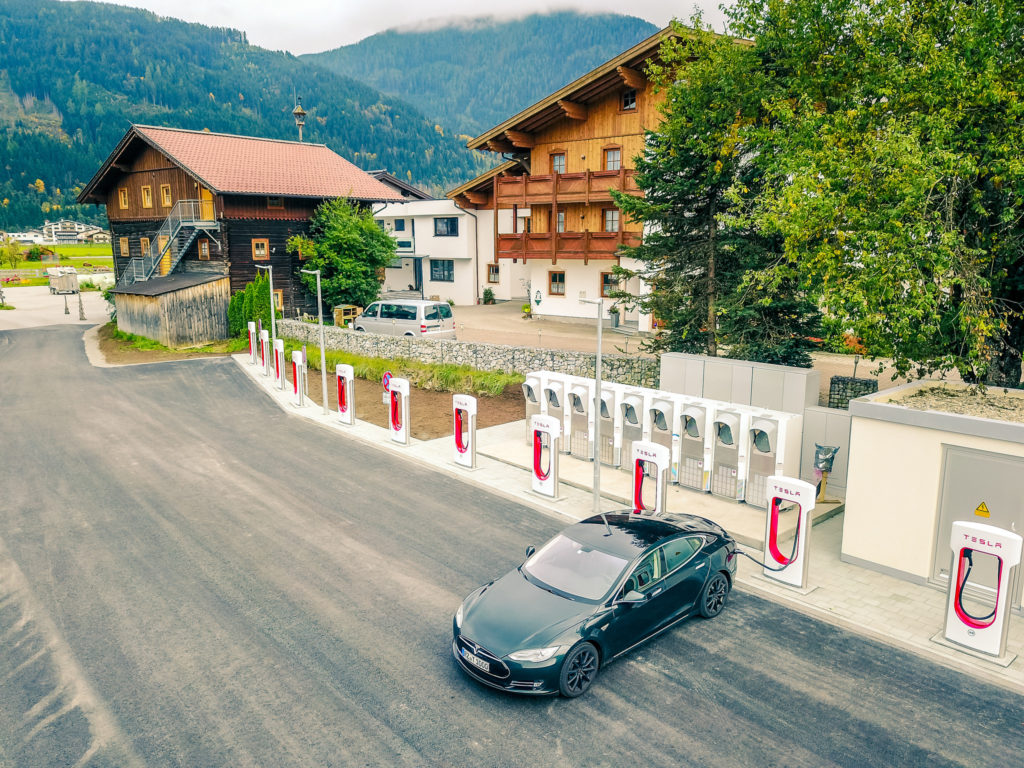
Tesla’s Supercharger station in Flachau, Austria (Flickr: Jakob Härter)
To uncover more about Tesla in the the region, Tesla’s George Ell recently gave an interview discussing the company’s market opportunity in Western Europe. And, he should know —in 2014 Ell started as Tesla’s Country Director for the UK and Ireland where he went on to grow Tesla’s regional footprint from a single store to 14 locations across the region. Later, in July 2016, he was promoted to Tesla’s Director of Western Europe. Today, Tesla has 20 locations in the UK and 13 across the Netherlands, Belgium and Luxembourg.
Above: Georg Ell, the Director of Tesla for Western Europe, provides his thoughts on the region and Tesla’s overarching vision (Youtube: Verdict)
Ell discusses hot button issues locally where he’s based in London, including CO2 emissions and poor air quality. In the auto industry, he notes that, “we see a take rate of diesel reducing over time” — and it’s no wonder — considering the cartels and collusion that continue to plague the German carmakers. Looking further out, he’s optimistic about efforts by European governments to crack down on carbon emissions. Recent news (see below, via Vox) on this front is, indeed, quite encouraging…
Europe: Fossil fuel phase-out plans
- In June, Norway agreed to end sales of gas and diesel cars by 2025. (Norway leads the world in EVs — almost 40 percent of its newly registered vehicles were hybrid, electric, or hydrogen in 2017.)
- In July, France announced it would end sales of gas and diesel cars by 2040.
- In July, Britain announced it would end sales of gas and diesel cars by 2040.
- In August, German Chancellor Angela Merkel hinted that her country would follow suit. “I cannot name an exact year yet,” she said, “but the approach is right, because if we quickly invest in more charging infrastructure and technology for electric cars, a general changeover will be structurally possible.”
- Last month, the Scottish government announced it would phase out gas and diesel cars by 2032.
- This week, the Dutch government announced that by 2030, all cars in the Netherlands must be emission free
So what’s Tesla’s customer base like in Europe? Ell notes that, “… people love the car. We have an incredibly engaged ownership base that feel emotionally and passionately about their Teslas.” When Ell is asked his opinion about the most exciting thing about working at Tesla, he says: “it’s the scale of our ambition… it feels like we’re having a positive impact on the planet.” Ell explains, “We don’t think of ourselves like just another automotive manufacturer… we think of ourselves as the first vertically integrated energy business.”
===
Note: Article originally published on evannex.com, by Matt Pressman
News
Tesla MultiPass in Europe expands, allowing ease of access to non-Tesla chargers
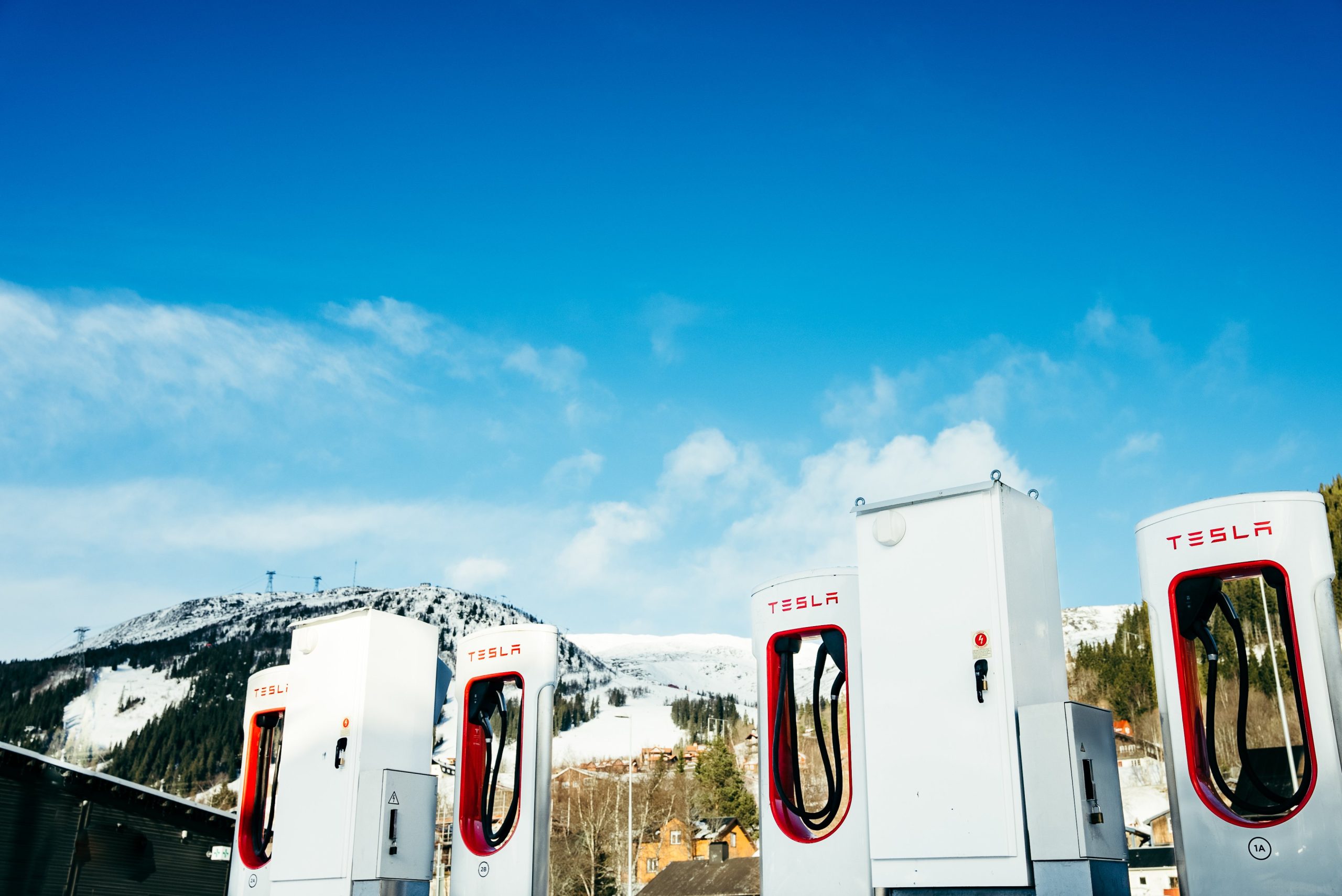
The Tesla MultiPass program in Europe is expanding to new countries. The program was launched earlier this year to assist Tesla owners in having an easier charging experience at non-Tesla EV chargers.
In September, Tesla launched the MultiPass program to owners in the Netherlands, which aimed to enable charging for Tesla owners at third-party stations using the app or keycard. It was developed to avoid having to use multiple apps for each charging manufacturer.
Tesla launches MultiPass to simplify charging at non-Tesla stations
Both access and payment would be performed through the Tesla app, streamlining the entire process.
Today, Tesla expanded the program to Sweden, Germany, the United Kingdom, France, and Belgium, building on its initial rollout and partnering with companies like Fastned to improve EV roaming coverage across the continent.
MultiPass is expanding in Europe. Your Tesla App and your Tesla keycard can start charging at third-party chargers in these countries.
We’re grateful to customers flagging any issues in the Tesla App. Payment success rate and coverage will continuously improve. https://t.co/1sr0OgdwLI
— Max (@MdeZegher) November 5, 2025
The program is still in its early stages, and it appears to have some issues, which were highlighted by owners.
Some state that the different designs between chargers can create a bit of a hassle, especially as some do not properly display charging rates and inconsistent pricing displays.
Additionally, Tesla’s Trip Planner and other route planner integrations are not as descriptive as they should be, so some owners suggested reliability and visibility improvements.
Tesla partnered with Electrify America, Rivian’s Adventure Network, and other networks to expand charging availability and make options more readily available.
Tesla’s Supercharger presence in Europe has expanded quite a bit over the past few years, but EVs are much more prevalent there than they are here in the U.S. The company has done a great job of growing the Supercharger presence this year, and there are currently over 11,000 stalls on the continent.
This year, Tesla added 200 total stations and roughly 1,250 total stalls, a 16 percent increase from last year. Europe also has a high concentration of V4 Superchargers, as nearly 42 percent of the stalls on the continent are V4, giving higher charging rates of up to 500 kW.
Cybertruck
Tesla announces delivery timeline for Cybertruck in new market
“Coming soon! Estimated deliveries in Q1 for UAE.”
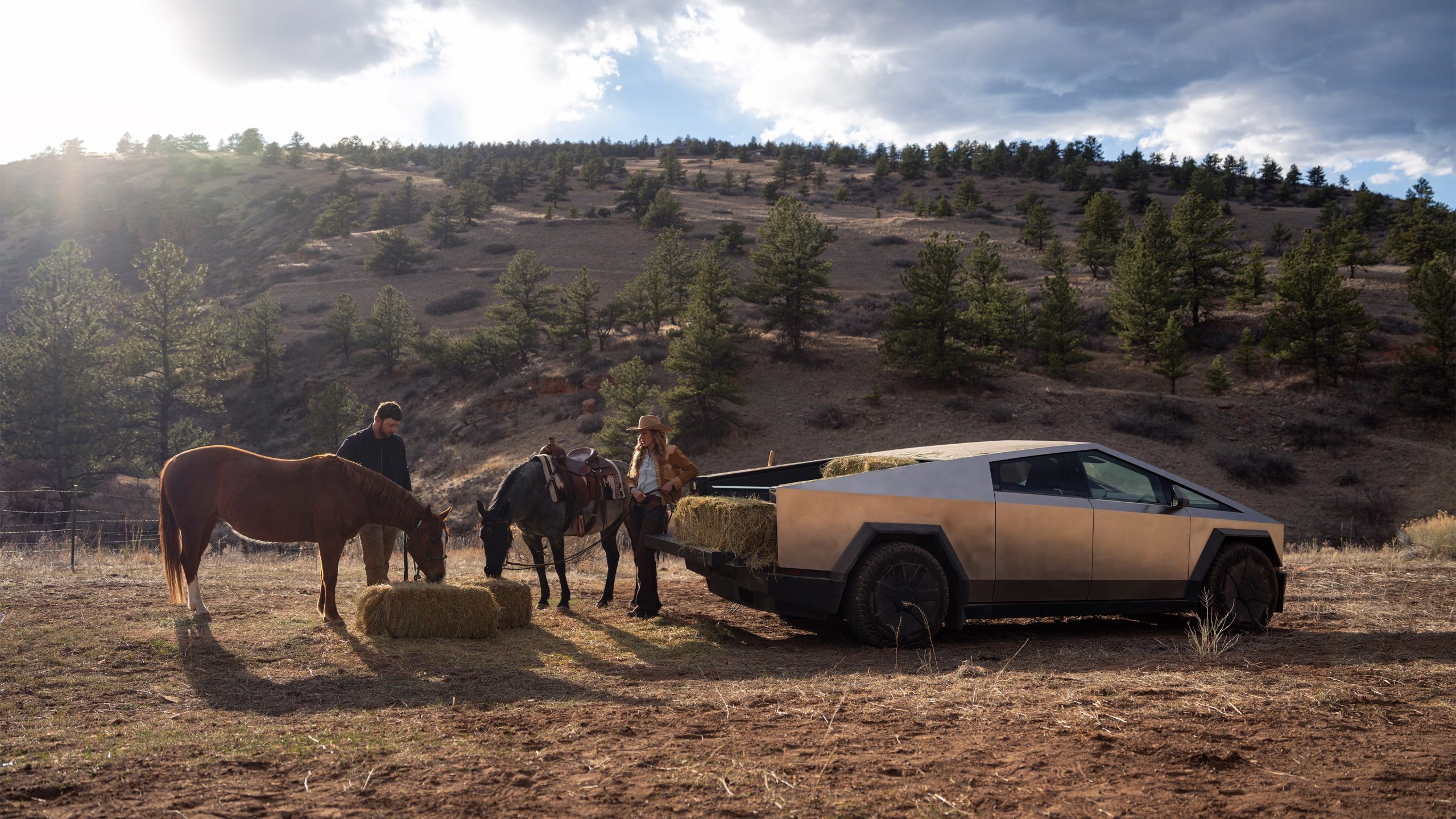
Tesla announced its delivery timeline for the Cybertruck as it heads to a new market.
Tesla Cybertruck deliveries started in the United States and Canada back in late 2023. However, the company has been looking to expand the all-electric pickup to new markets, including the Middle East, for which it opened up orders for earlier this year.
Initially, Tesla planned to launch deliveries late this year, but there has been a slight adjustment to the timeline, and the company now anticipates the pickup to make its way to the first adopters in the United Arab Emirates in Q1 2026.
This was confirmed by the Tesla Cybertruck program’s lead engineer, Wes Morrill:
Coming soon! Estimated deliveries in Q1 for UAE
— Wes (@wmorrill3) November 2, 2025
Tesla first opened orders for the Cybertruck in the Middle East in mid-September of this year. It will be priced at AED 404,900 for the Dual Motor All-Wheel-Drive ($110,254) and AED 454,900 ($123,869) for the Cyberbeast trim.
The Cybertruck has been a highly anticipated vehicle in many parts of the world, but its ability to be sold in various regions is what is truly causing delays in the company’s efforts to bring the electric pickup worldwide.
Tesla confirms Cybertruck will make its way out of North America this year
In Europe, various agencies have challenged the design of the Cybertruck, arguing that it is unsafe for pedestrians due to its sharp edges and “boxy” design.
Agencies in the EU have said the vehicle’s “blade-like” protrusions are a violation of rules that ban sharp exterior edges that could cause severe injuries.
In Asia, Tesla will likely have to develop a smaller, more compact version of the vehicle as it does not align with local standards for urban environments. However, Tesla filed for energy consumption approval for the Cybertruck in December 2024, but there has been no real update on the status of this particular inquiry.
Overall, these issues highlight a real bottleneck in futuristic vehicle designs and the out-of-date regulations that inhibit the vehicle from becoming more widely available. Of course, Tesla has teased some other designs, including a more traditional pickup or even a compact Cybertruck build, but the company is not one to shy away from its commitments.
Nevertheless, the Cybertruck will appear in the Middle East for the first time in 2026.
Elon Musk
Tesla teases new AI5 chip that will revolutionize self-driving
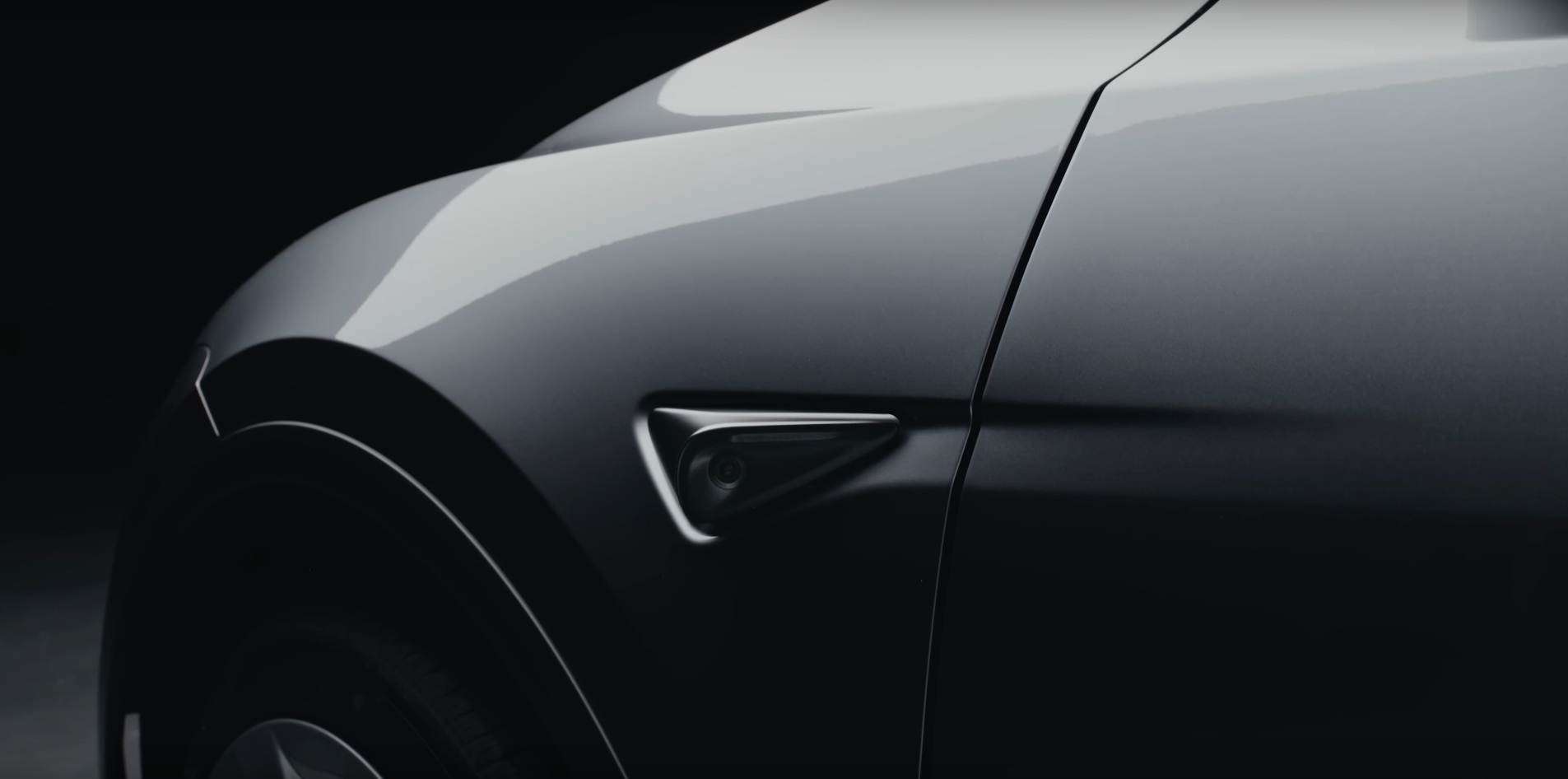
Elon Musk revealed new information on Tesla’s AI5, previously known as Hardware 5, chip, for self-driving, which will be manufactured by both Samsung and TSMC.
The AI5 chip is Tesla’s next-generation hardware chip for its self-driving program, Optimus humanoid robots, and other AI-driven features in both vehicles and other applications. It will be the successor to the current AI4, previously known as Hardware 4, which is currently utilized in Tesla’s newest vehicles.
Elon Musk reveals Tesla’s HW5 release date, and that it won’t be called HW5
AI5 is specially optimized for Tesla use, as it will work alongside the company’s Neural Networks to focus on real-time inference to make safe and logical decisions during operation. It was first teased by Tesla in mid-2024 as Musk called it “an amazing design” and “an immense jump” from the current AI4 chip.
It will be roughly 4o times faster, have 8 times the raw compute, 9 times the memory capacity, 5 times the memory bandwidth, and 3 times the efficiency per watt.
It will be manufactured by both TSMC and Samsung at their Arizona and Texas fab locations, respectively.
Here’s what Musk revealed about the chip yesterday:
Different Versions
Samsung and TSMC will make slightly different versions of the AI5 chip, “simply because they translate designs to physical form differently.” However, Musk said the goal is that its AI software would work identically.
This was a real concern for some who are familiar with chip manufacturing, as Apple’s A9 “Chipgate” saga seemed to be echoing through Tesla.
Back in 2015, it was found that Apple’s A9 chips had different performances based on who manufactured them. TSMC and Samsung were both building the chips, but it was found that Samsung’s chips had shorter battery life than TSMC-fabricated versions.
Apple concluded that the variance was about 2-3 percent. However, Tesla will look to avoid this altogether.
Release and Implementation into Vehicles
Musk said that some samples will be available next year, and “maybe a small number of units” would equip the chip as well. However, high-volume production is only possible in 2027.
This means, based on Tesla’s own timeline for Cybercab production in Q2 2026, early iterations of the vehicle would rely on AI4. Many believe AI4 can be utilized for solved self-driving, but the power of subsequent versions, including AI5 and beyond, will be more capable.
AI6 and Beyond
AI6 will utilize the same fabs as AI5, but there would be a theoretical boost in performance by two times with this version.
AI6 could enter volume production by mid-2028. However, AI7, which Musk only briefly mentioned, “will need different fabs, as it is more adventurous.”
-

 News1 week ago
News1 week agoTesla Cybercab spotted testing on public roads for the first time
-

 Elon Musk5 days ago
Elon Musk5 days agoNeuralink’s first patient could receive an upgrade: Elon Musk
-
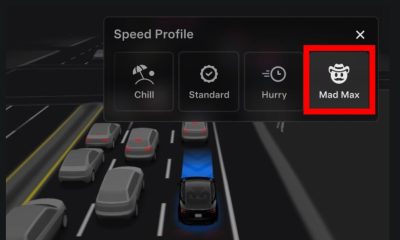
 News2 weeks ago
News2 weeks agoTesla ‘Mad Max’ gets its first bit of regulatory attention
-
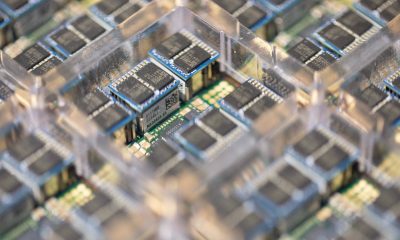
 News2 weeks ago
News2 weeks agoTesla reveals its plans for Hardware 3 owners who are eager for updates
-

 News6 days ago
News6 days agoNeuralink’s first human patient reflects on 21 months with brain implant “Eve”
-

 News2 weeks ago
News2 weeks agoTesla VP explains why end-to-end AI is the future of self-driving
-

 News5 days ago
News5 days agoTesla Cybercab almost looks production ready in new photos
-
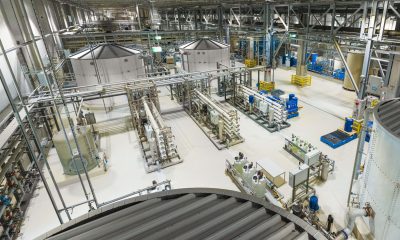
 News22 hours ago
News22 hours agoTesla Giga Berlin hits a sustainability milestone that’s so impressive, it sounds fake


